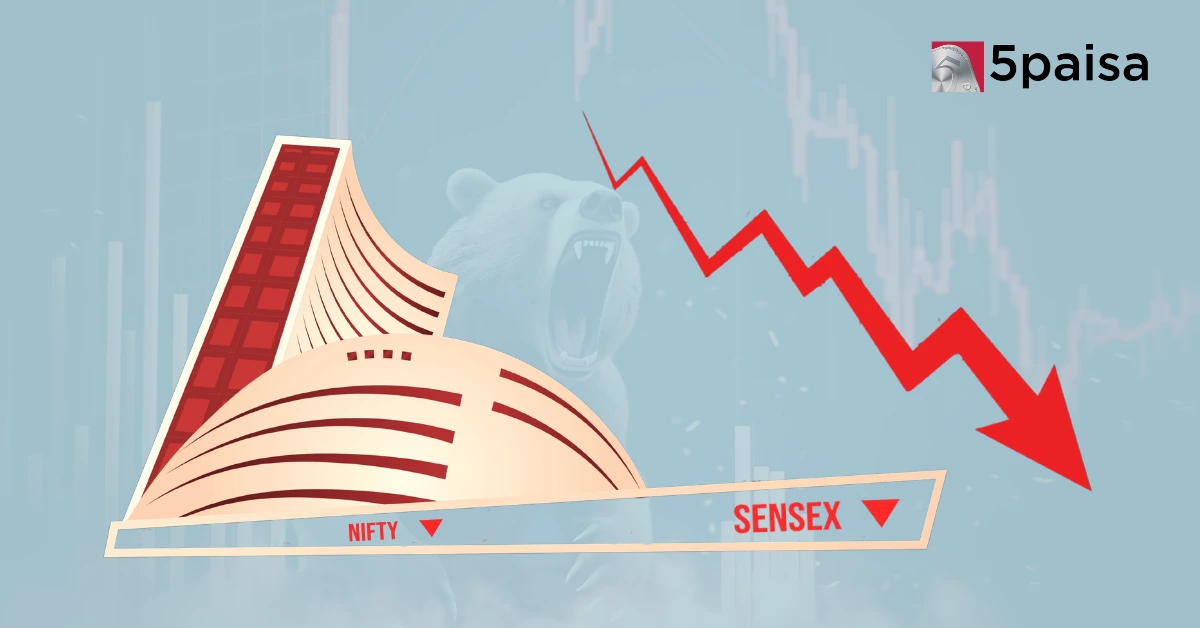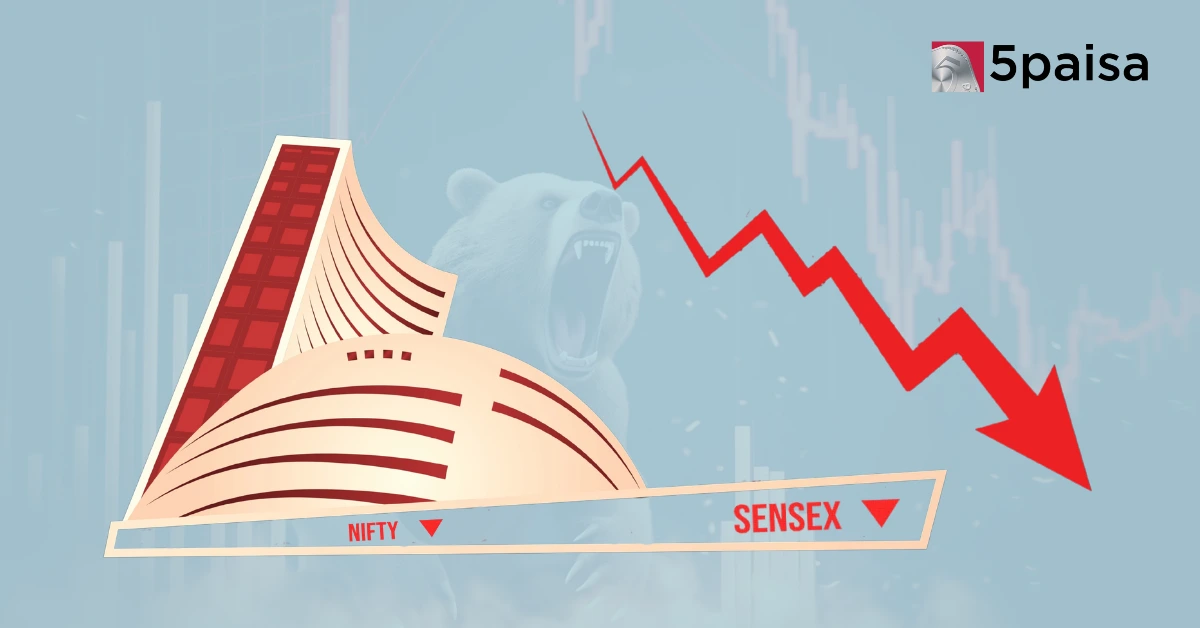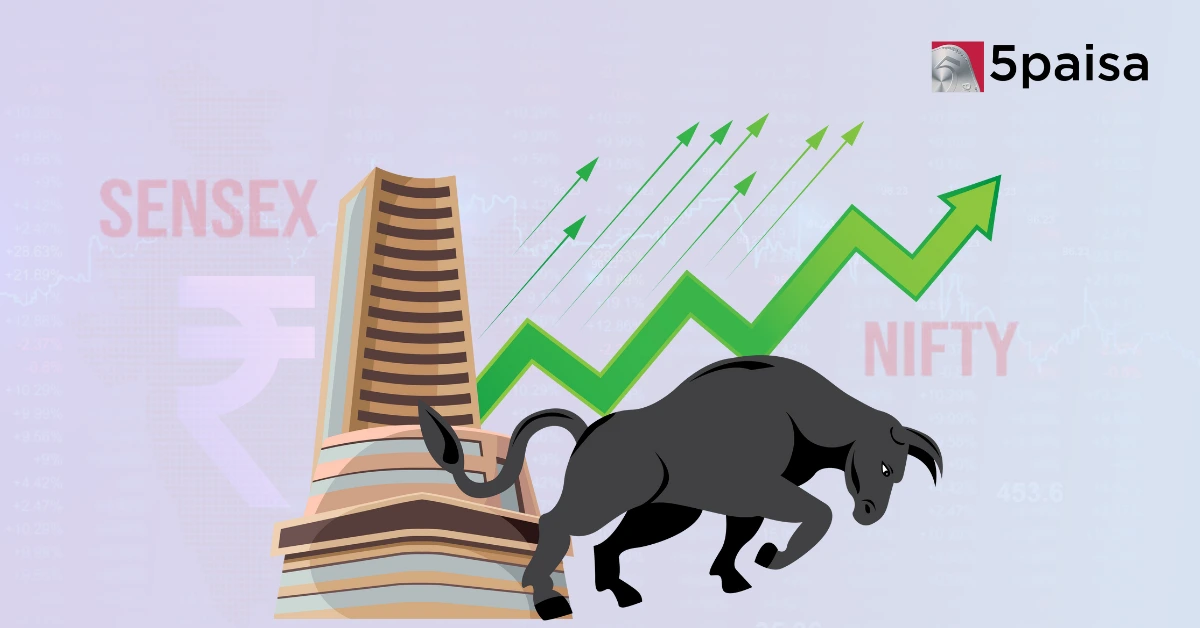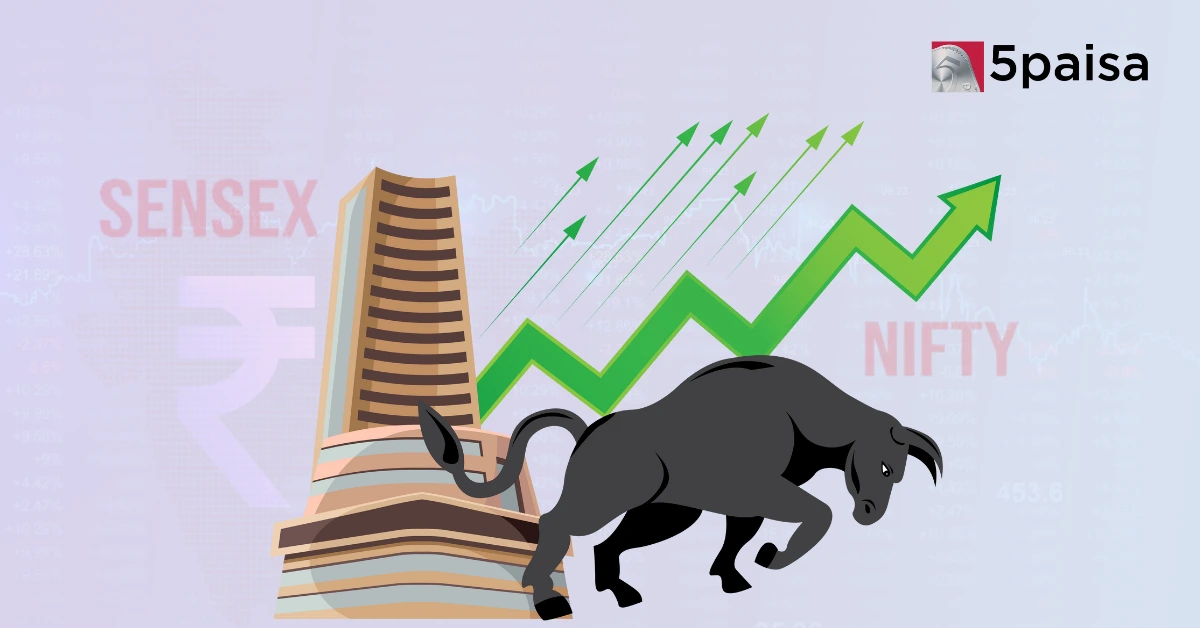Sensex Nifty Live Updates May 22: Markets Close in Red as Global Cues Weigh
Automobiles sector Headwinds and Tailwinds Ahead

In the past market cycles, we have seen that whenever the automobile industry’s volumes reach their peak there are possibilities of macro headwinds to come into the picture. FY2022 was a good year for the automobile sector still the industry volumes were below their previous peak, except for tractors.
The low volumes however provide hope for the automobile sector to figure out the challenges in a better way, driven by pent-up demand.
A sharp rise in prices in FY19-22 nullifies the impact of the low volume base to some extent. Traditionally annual vehicle price hikes have hovered around 2 to 3% per annum at best. For instance, despite having a strong product premiumization tailwind during FY15-18, Maruti Suzuki’s Average Selling Price CAGR has been around 5%.
The only exception in trend was in FY12-13 when the industry witnessed a sharp jump in the realization due to a consumer shift towards diesel cars which resulted in the huge price gap between retail prices of petrol and diesel. As compared to this due to the BSVI transition, insurance norms, other regulatory changes, and sharp commodity price hikes, the vehicle price increase has seen a far sharper jump (>30% for Hero MotoCorp & Mahindra&Mahindra during FY19-22).
Similarly, this time a significant divergence was observed in the growth trends in the inter-segment divisions when compared to the previous economic slowdowns. 2-wheelers have generally been a safe haven during periods of weak economic activities. However, in FY20 the decline was similar to that of Passenger Vehicles.
During the recovery phase, 2-wheelers have performed well compared to Passenger Vehicles. FY21 and FY22 were exceptions, where 2 wheeler continues to decline while other sub-segments recovered.
The single biggest macro-driver is the nature of the economic shock. Covid-driven disruptions led to intermittent lockdowns and healthcare, compared to previous economic cycles where there was a sharp fall in the economic activity driven by narrative damages rather than actual damage. This, along with a sharp rise in vehicle prices affected the bottom and mid-end of the pyramid significantly as compared to earlier economic slowdowns.
The double whammy is reflected in adverse Agri Terms of Trade (ATOT) as well as a decline in per capita GDP. A look into previous trends clearly indicates that such a sharp fall in both indicators at the same time has never happened.
While rising 2-wheeler penetration has been an age-old debate and is bound to lower volume growth for the 2-Wheeler industry, the recent sharp slowdown may not be due to a tipping point being reached. Growth, pre-covid, was convincing despite high levels of penetration, in fact, it was even outgrowing Passenger Vehicles’ growth. Also, if the argument of peaking penetration is valid, then there has to be a sharp jump in the premiumization trend, which has in fact stagnated.
Potential reasons for strong 2-Wheeler volume growth, despite the rising penetration the argument:
Per capita income:
India's per capita income is still around $ 2K. Also taking into account the skew effect, it is possible that median per capita income is lower than average per capita income. Important to note is that despite marginally better per capita income in the last decade, 2-Wheelers have outgrown Passenger Vehicles. This further strengthens the skewness of income.
Income distribution:
Despite a stable per capita income growth, the latest NFHS report indicates a reasonable divergence in the income distribution. Urban India (1/3 of India’s population) has 74% of its population in the top two wealthiest quintiles.
Transport and infrastructure:
Not only the public transport is below the desired level, the road infrastructure (time taken to travel, parking infrastructure, etc) is lagging behind the pace of motorization. 2-Wheelers become the ubiquitous choice for short travel distances and hence co-exist with Passenger Vehicles.
Fuel price:
The inflated level of fuel prices in India is also working in favor of 2W.
A large part of the 2-Wheeler population is at the mid to low end of the income pyramid and prefers it for daily use. Hence for them, confidence in resale value, shorter downtime as well, and endurance matter more even if they are desirous of shifting towards EV. Even if the transition is happening, it is likely to affect the scooter segment initially. This does not justify the sharp fall in motorcycle volumes. Overall, EV sales are minuscule current. Even after including EVs in the total 2-Wheeler sales, it does not impact the overall volume trend.
Until FY18, 2-Wheelers and Passenger Vehicles were witnessing a similar premiumization trend. In 2-Wheelers the share of higher CC (cubic centimeters: power output of the engine) motorcycles and scooters (within the same CC segment was moving up). Similarly, Passenger Vehicles have also witnessed a transition from entry cars to mid-segment cars to SUVs.
However, while the transition continued in PV post-covid disruptions, it stagnated in 2-Wheelers. This is due to the confluence of covid-led disruptions, sharp price increases, and weak rural sectors. As the economy starts functioning without disruption, demand, as well as premiumization for 2-Wheelers, will bounce back.
More importantly, a stagnating premiumization trend in 2-Wheelers also reflects that penetration levels may not have peaked, else replacement demand would have led to some premiumization, which was clearly visible in Passenger Vehicles. Noteworthy, the Passenger Vehicles segment experiences faster premiumization during the slowdown than the growth phase.
- Performance Analysis
- Nifty Predictions
- Market Trends
- Insights on Market
Trending on 5paisa
Market Outlook Related Articles
Disclaimer: Investment in securities market are subject to market risks, read all the related documents carefully before investing. For detailed disclaimer please Click here.

 Tanushree Jaiswal
Tanushree Jaiswal
 5paisa Research Team
5paisa Research Team
 Sachin Gupta
Sachin Gupta




